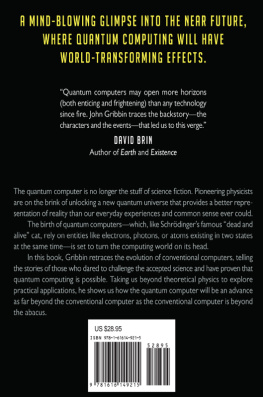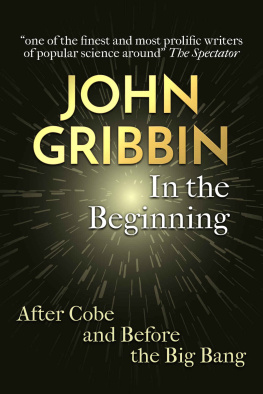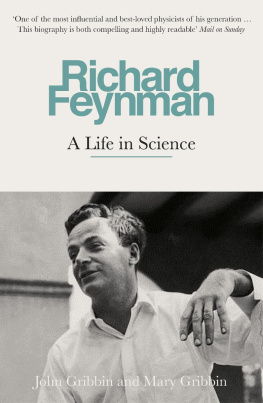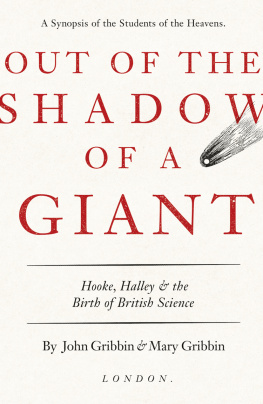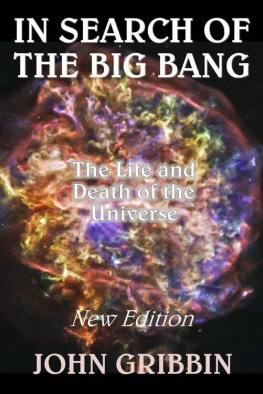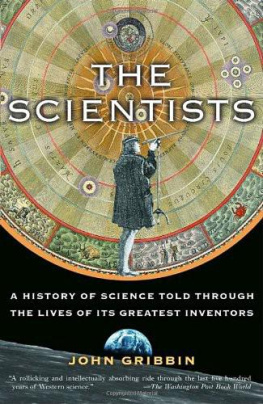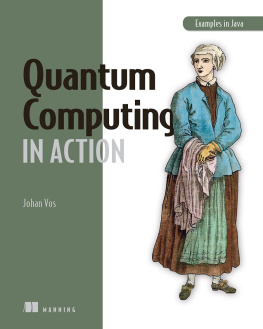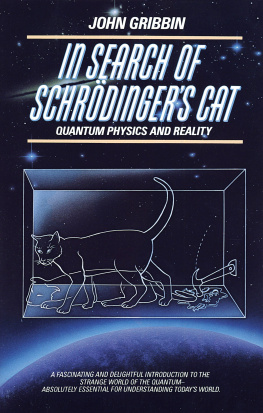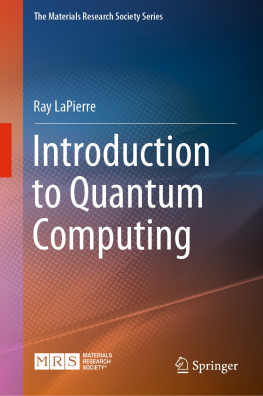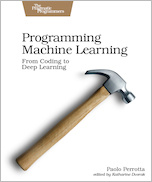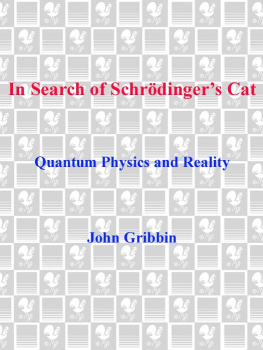John Gribbin - Computing with Quantum Cats: From Colossus to Qubits
Here you can read online John Gribbin - Computing with Quantum Cats: From Colossus to Qubits full text of the book (entire story) in english for free. Download pdf and epub, get meaning, cover and reviews about this ebook. year: 2014, publisher: Prometheus Books, genre: Non-fiction. Description of the work, (preface) as well as reviews are available. Best literature library LitArk.com created for fans of good reading and offers a wide selection of genres:
Romance novel
Science fiction
Adventure
Detective
Science
History
Home and family
Prose
Art
Politics
Computer
Non-fiction
Religion
Business
Children
Humor
Choose a favorite category and find really read worthwhile books. Enjoy immersion in the world of imagination, feel the emotions of the characters or learn something new for yourself, make an fascinating discovery.
- Book:Computing with Quantum Cats: From Colossus to Qubits
- Author:
- Publisher:Prometheus Books
- Genre:
- Year:2014
- Rating:4 / 5
- Favourites:Add to favourites
- Your mark:
Computing with Quantum Cats: From Colossus to Qubits: summary, description and annotation
We offer to read an annotation, description, summary or preface (depends on what the author of the book "Computing with Quantum Cats: From Colossus to Qubits" wrote himself). If you haven't found the necessary information about the book — write in the comments, we will try to find it.
The quantum computer is no longer the stuff of science fiction. Pioneering physicists are on the brink of unlocking a new quantum universe which provides a better representation of reality than our everyday experiences and common sense ever could. The birth of quantum computers - which, like Schrdingers famous dead and alive cat, rely on entities like electrons, photons, or atoms existing in two states at the same time - is set to turn the computing world on its head.
In his fascinating study of this cutting-edge technology, John Gribbin updates his previous views on the nature of quantum reality, arguing for a universe of many parallel worlds where everything is real. Looking back to Alan Turings work on the Enigma machine and the first electronic computer, Gribbin explains how quantum theory developed to make quantum computers work in practice as well as in principle. He takes us beyond the arena of theoretical physics to explore their practical applications - from machines which learn through intuition and trial and error to unhackable laptops and smartphones. And he investigates the potential for this extraordinary science to create a world where communication occurs faster than light and teleportation is possible.
This is an exciting insiders look at the new frontier of computer science and its revolutionary implications.
John Gribbin: author's other books
Who wrote Computing with Quantum Cats: From Colossus to Qubits? Find out the surname, the name of the author of the book and a list of all author's works by series.

